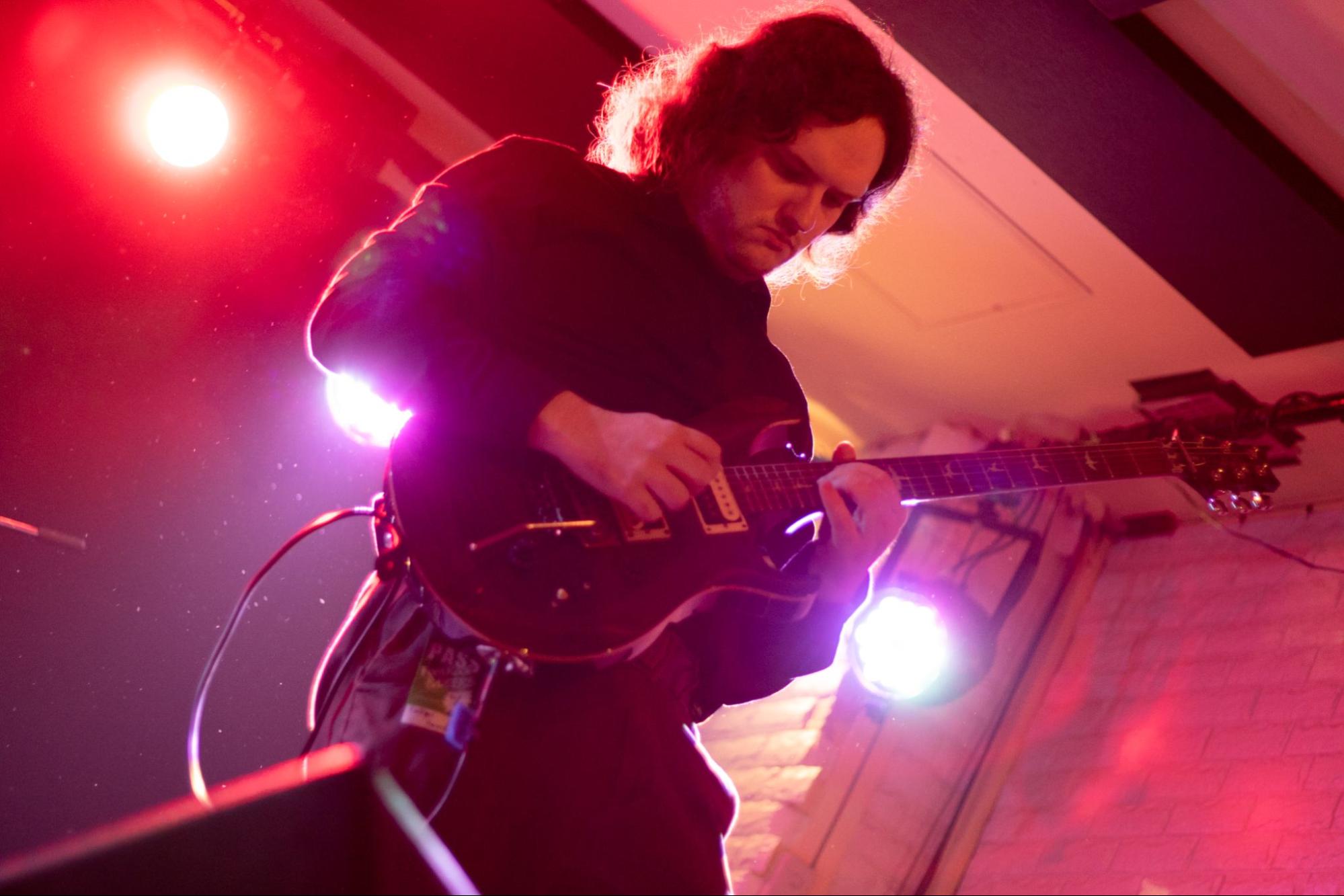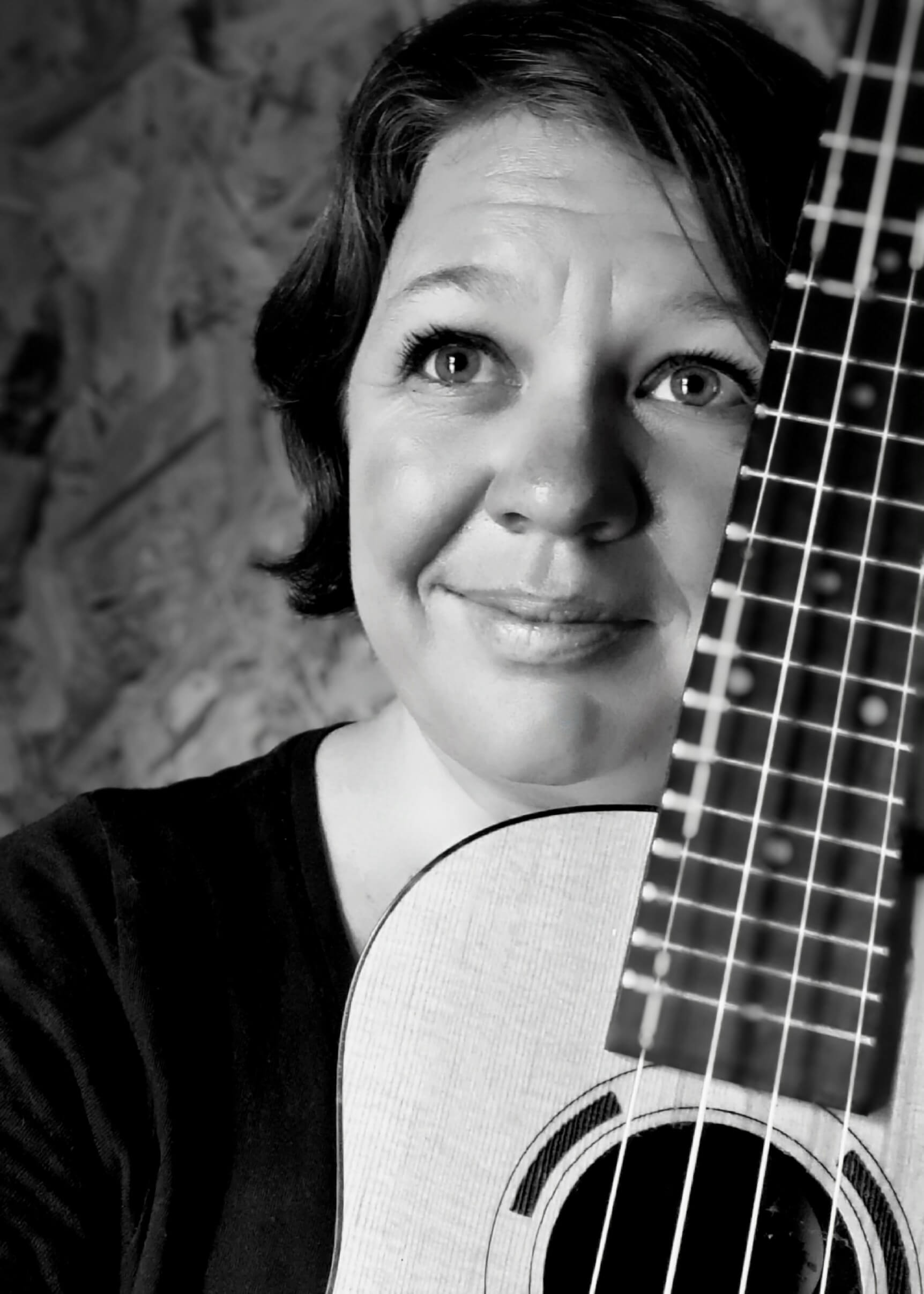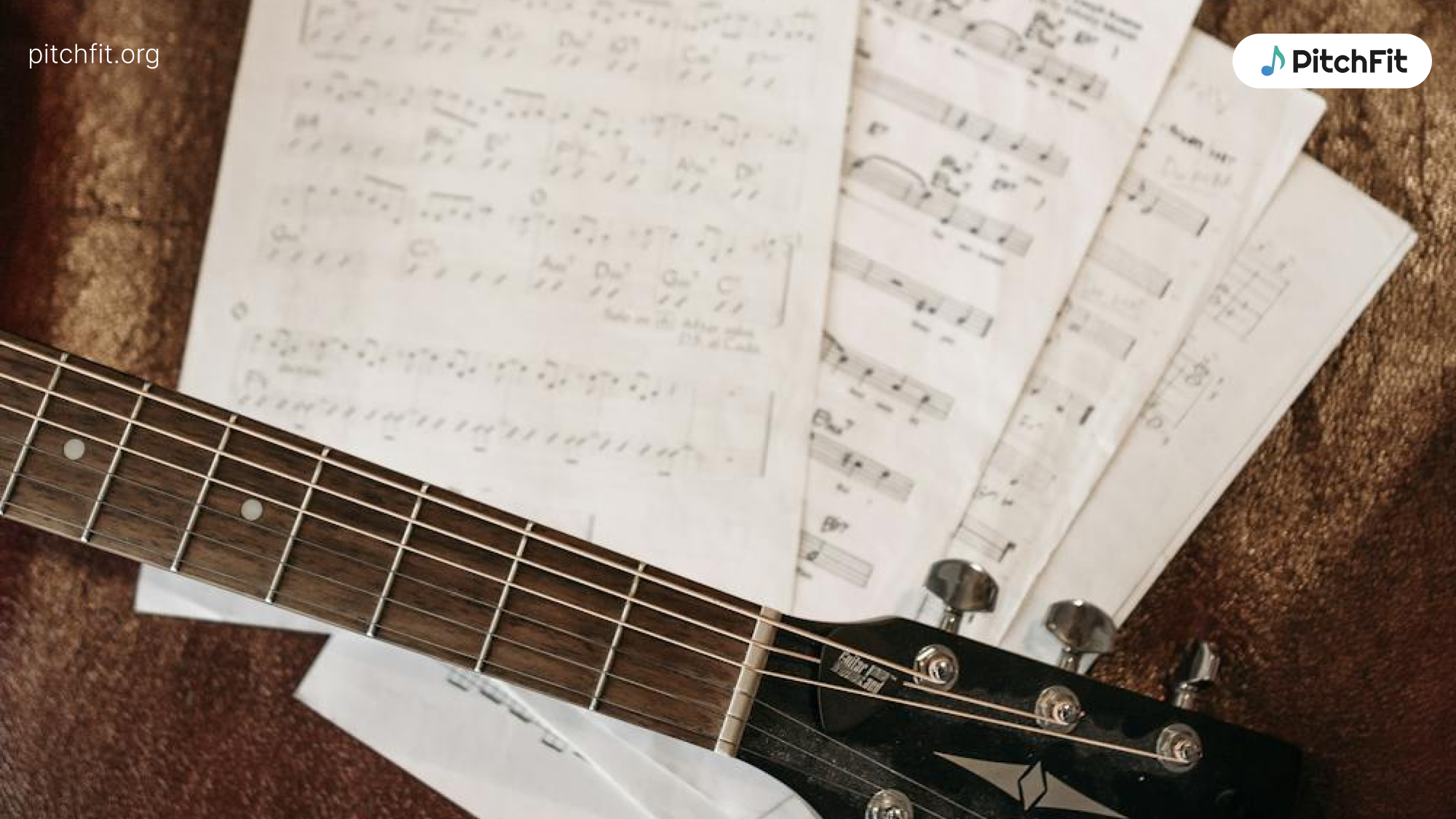Have you ever wondered how musicians can hear a melody and instantly know how to play or sing it? This magical skill is not just something that a few musical geniuses are born with – it is called relative pitch, and it is a skill that can be developed through practice.
Relative Pitch Explained
Relative pitch is the ability to identify or reproduce musical notes relative to a reference note. Unlike perfect pitch (also known as absolute pitch), where someone can instantly recognize a musical note without any external reference, relative pitch refers to the ability to understand the relationships between notes. It is like navigating a musical landscape; once you know how far apart the notes are, you can figure out where you are and where you need to go.
How Relative Pitch Works in Music
At its core, relative pitch is about hearing intervals – the distance between two notes – and understanding how they work together to form scales, melodies, and chords. When you can recognize these intervals, you unlock a deeper understanding of music.
Musicians with good relative pitch can:
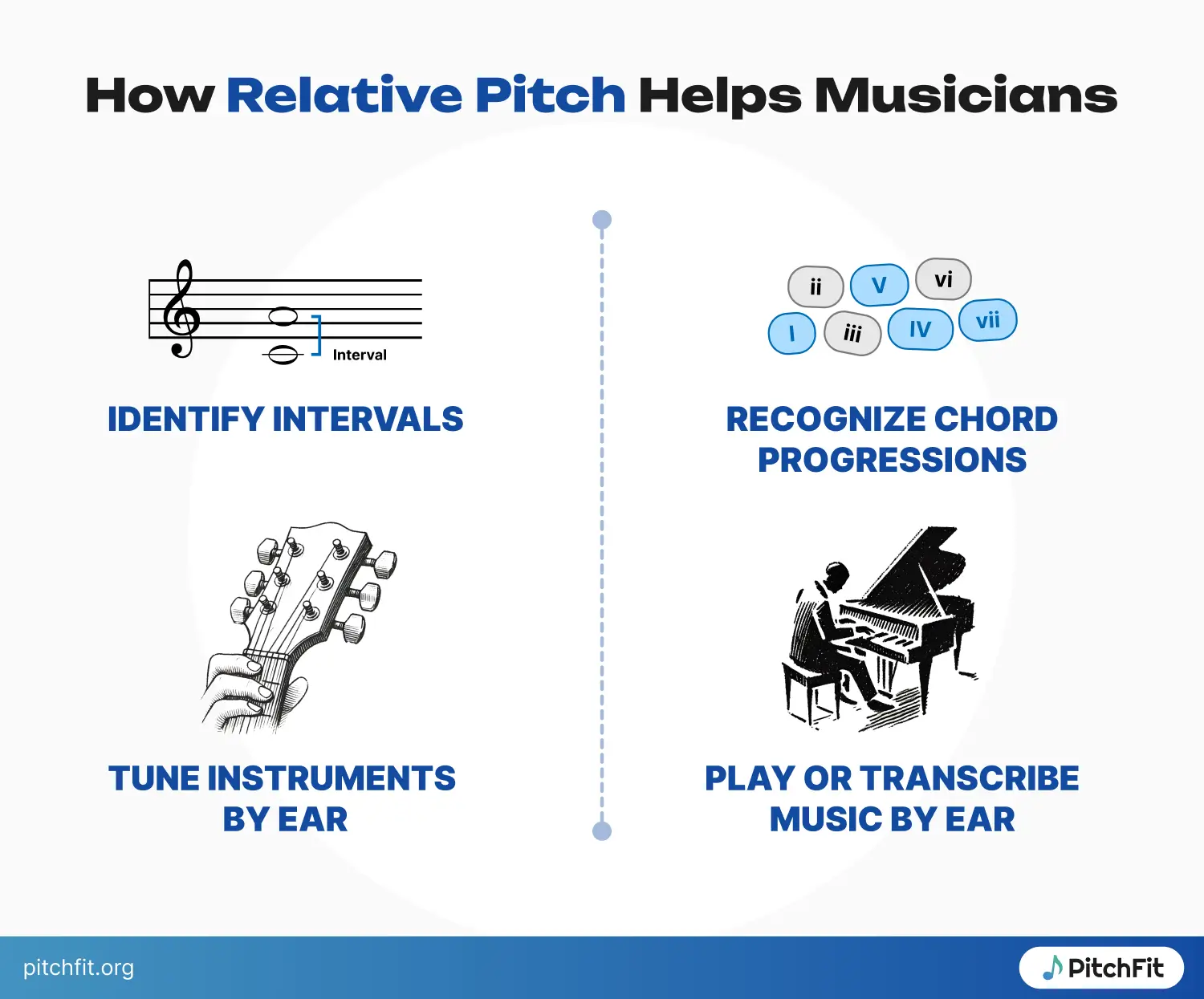
- Identify intervals: Knowing how far apart two notes are is key for playing melodies and harmonies.
- Recognize chord progressions: Once you hear the relationship between chords, you can predict where the music is going.
- Tune instruments by ear: You do not always need an electronic tuner – relative pitch helps you match notes to a reference tone.
- Play or transcribe music by ear: Musicians with good relative pitch can listen to a song and break it down into individual notes and chords without relying on sheet music.
Why Is Relative Pitch So Important?
For musicians, it is an essential tool for interpreting, performing, and even creating music. Whether you are singing in a choir, playing guitar, or composing your own songs, having good relative pitch helps you hear the structure of the music and make sense of it. Relative pitch is like a secret weapon that allows musicians to do more than just play notes on a page. It is the skill that helps them harmonize, improvise, and compose music without needing external references for every note.
Here is how it helps:
- Harmony: When playing or singing with others, relative pitch helps you match your sound to the rest of the group.
- Improvisation: In genres like jazz, musicians often rely on relative pitch to create spontaneous solos and melodies.
- Composition: Songwriters and composers use relative pitch to create music that feels cohesive and harmonious.
- Sight-reading: When reading sheet music, musicians with relative pitch understand the relationships between the notes, making it easier to interpret.
- Ear training: Music students use relative pitch to better understand what they hear, which in turn helps them perform more accurately.
In a jazz band, for instance, musicians constantly rely on their relative pitch to navigate key changes and complex chord progressions. Their ability to hear how notes and chords fit together allows them to play more freely, without needing to follow the score note-by-note.
Relative Pitch vs. Perfect Pitch: What's the Difference?
If you have ever heard about perfect pitch (sometimes also called absolute pitch), you might wonder how it compares to relative pitch. While both are valuable, they tend to serve different purposes.
What Is More Common?
Relative pitch is much more common than perfect pitch. Most musicians develop it naturally through regular practice, even if they have not undergone formal ear training. Perfect pitch, however, is rare – it allows someone to recognize a given note without any reference, which is an impressive skill but not essential for most musicians.

Can You Learn It?
Absolute and relative pitch are absolutely learnable (Sakakibara 2012)! Some of the ways that have been suggested to build these skills are interval recognition and transcribing music by ear (Marvin 2007). Absolute and relative pitch seem to be influenced by ethnicity (more common in East Asians than non-Asians; Hove et al 2010) and family musical environment (Sala & Teresa 2022). Also, absolute pitch is generally believed to be something you’re born with.
Which One is More Practical?
For most musicians, relative pitch is more practical in everyday music-making (Miyazaki et al 2018). Whether you’re sight-reading, improvising, or playing in different keys, relative pitch helps you understand the structure of the music and make quick adjustments. Perfect pitch is often more specialized, such as identifying pitches in isolation, but it is not as essential for most musical tasks.
How Can You Test Your Relative Pitch Skills?
Testing your relative pitch skills is a great way to measure your progress and improve your ear training. One common way to test relative pitch is through interval recognition exercises, where you listen to two notes and identify the distance between them. This can be done using online tools, mobile apps, or even with a piano or other instrument. Start with simple intervals, like a perfect fifth or a major third, and gradually challenge yourself with more complex intervals, such as minor sevenths or diminished fifths.
Another popular method is chord recognition tests, where you listen to a sequence of notes and identify the type of chord (major, minor, augmented, etc.). Apps and websites often offer these kinds of exercises, helping you fine-tune your ability to hear and distinguish between different harmonies.
A more advanced test of relative pitch involves transcribing melodies. Listen to a piece of music and attempt to write down or play the notes by ear. This will test your ability to recognize both intervals and chord progressions.
Many musicians also try singing solfège, where they sing scales or melodies using syllables like "do, re, mi," helping reinforce their understanding of how notes relate to one another.
By regularly testing your relative pitch skills, you can monitor your progress and continue improving over time.
How to Develop Your Relative Pitch
Here is the good news: relative pitch is a skill that anyone can develop with practice. Arguably, it is one of the most valuable tools a musician can have, and it can sometimes have the potential to be strengthened through consistent ear training and exercises. Here are a few ways you can start improving your relative pitch:
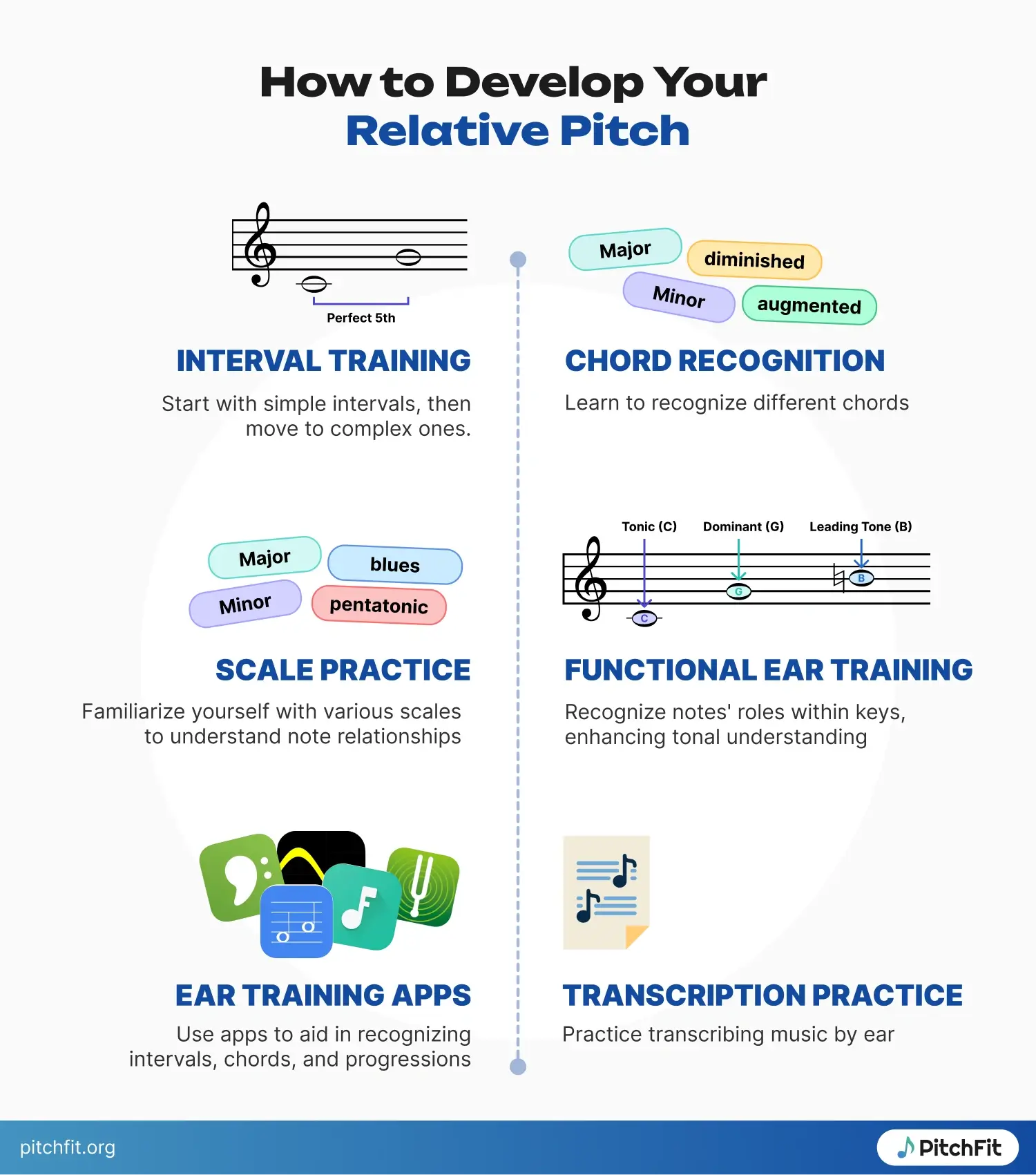
- Interval Training: Practice hearing the distance between two notes. Start with simple intervals like fifths and octaves, and gradually move on to more complex ones like minor sevenths.
- Chord Recognition: Learn to identify different types of chords – major, minor, diminished, and augmented.
- Scale Practice: Get familiar with common scales (major, minor, blues, pentatonic) to understand how notes relate to one another.
- Functional Ear Training: Practice recognizing the role of notes within a key. This helps you understand how notes relate to the tonal center and improves your ability to hear chord progressions and melodies in context.
- Ear Training Apps: Use apps designed to help you recognize intervals, chords, and progressions.
- Transcription Practice: Try figuring out melodies or chord progressions by ear, without relying on sheet music.
By doing exercises like these, you are likely to gradually develop a better ear for music. For example, a guitarist might practice identifying intervals between notes during daily practice. Over time, they’ll learn to recognize the sound of a major second or perfect fifth and use that knowledge when playing or writing music.
Why Developing Relative Pitch Matters for Singers
Many people wonder whether singers are born with relative pitch. The answer is: not necessarily! Most singers develop this skill through vocal training and practice.
In choir rehearsals, for example, singers constantly practice matching pitch, harmonizing, and adjusting to different musical keys. Vocal exercises such as scales and arpeggios help singers improve their relative pitch over time, making it easier for them to hit the right notes and blend with the group. As a result, they become better at learning songs quickly and harmonizing effortlessly with others.
Can You Be a Good Musician Without Relative Pitch?
While it is possible to be a good musician without good relative pitch, having it often makes many aspects of music easier. Musicians who lack good relative pitch skills might rely more heavily on sheet music, memorization, or visual cues. Importantly, successful musicians can hone their craft without perfect or relative pitch.
That being said, having even a basic level of relative pitch could improve your versatility. For example, jazz musicians often depend on relative pitch to improvise solos and adapt to chord changes in real time. Even if you are not a jazz musician, relative pitch helps with tasks like harmonizing and transposing music.
Can Anyone Develop Relative Pitch?
The beauty of relative pitch is that it is a skill people can develop with consistent practice. With practice, most people can develop these, regardless of their musical background or age (Litke & Olsen 1979; Wong et al 2020; Van Hedger et al 2019). Whether you’re a beginner learning your first instrument or an experienced musician looking to improve your ear, relative pitch training is accessible to everyone. Apps, software, exercises, and consistent practice could help people sharpen this ability.
Building strong relative pitch takes time, but the payoff is well worth it. As your skills grow, you will likely find it easier to play by ear, harmonize, and compose music without needing to rely on sheet music.
Relative pitch may not be as “flashy” as perfect pitch, but it is one of the essential skills that could potentially make all the difference in your musical journey. Keep practicing, and you will unlock a deeper understanding of the music you love to play and create.


